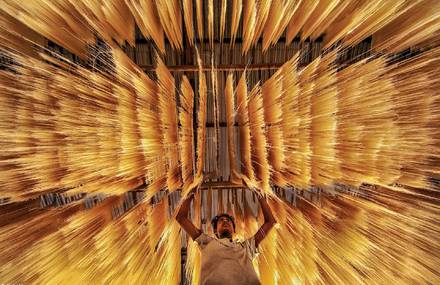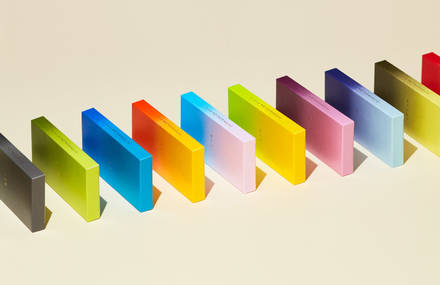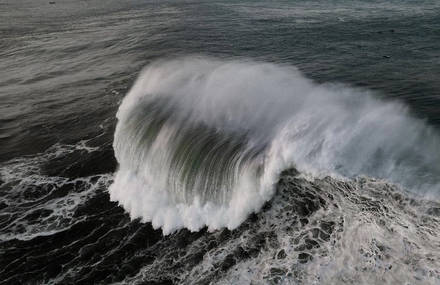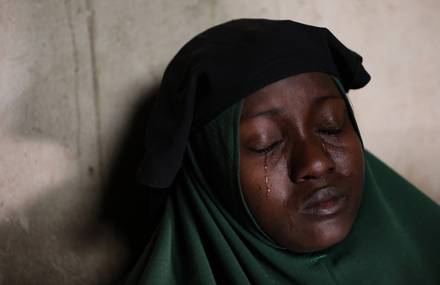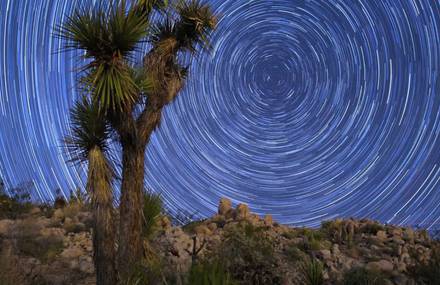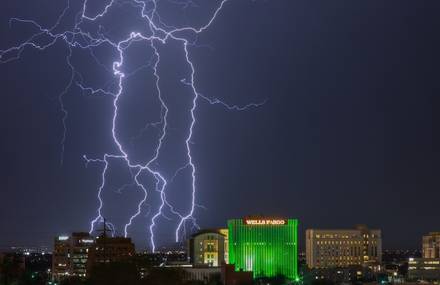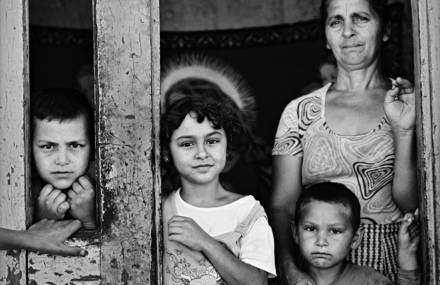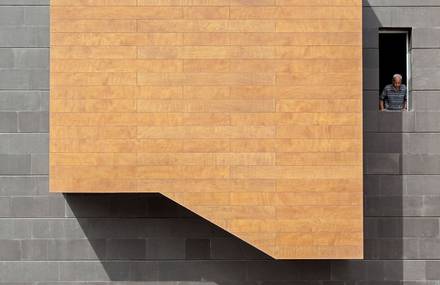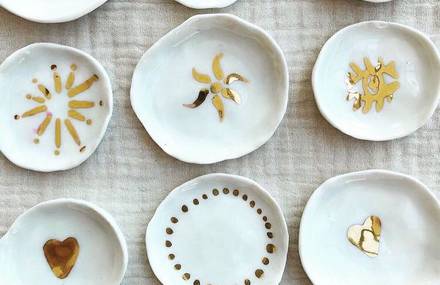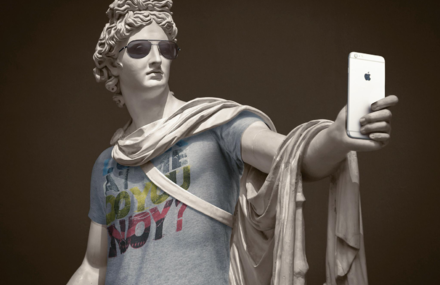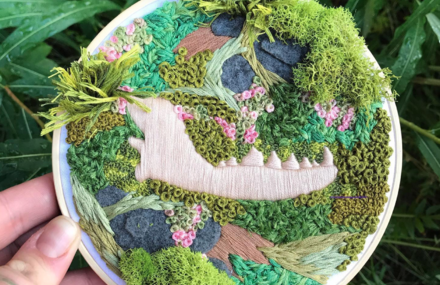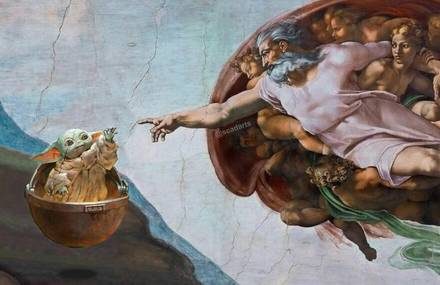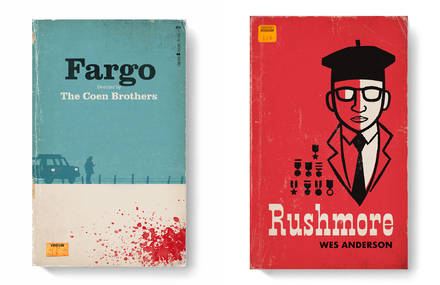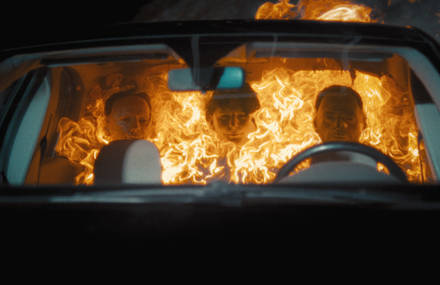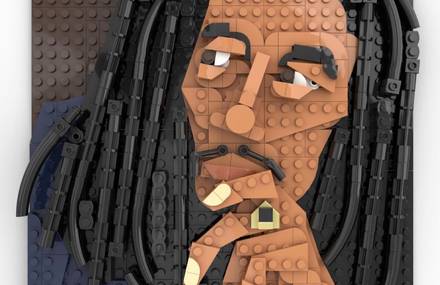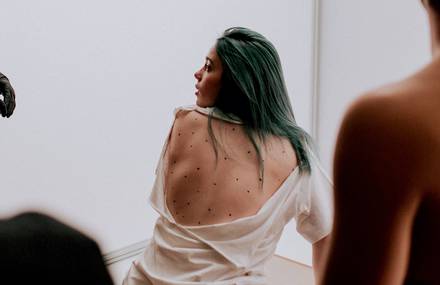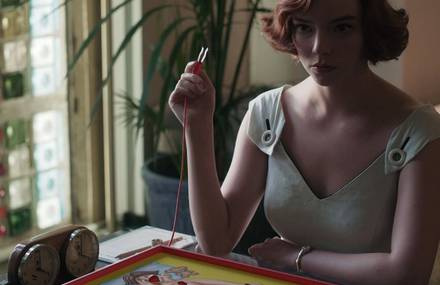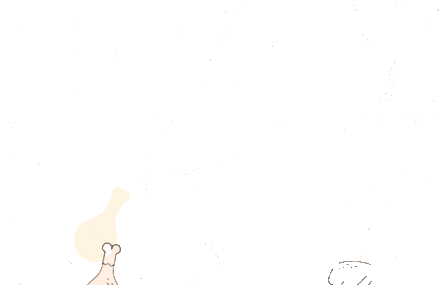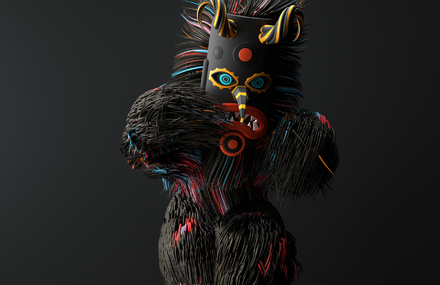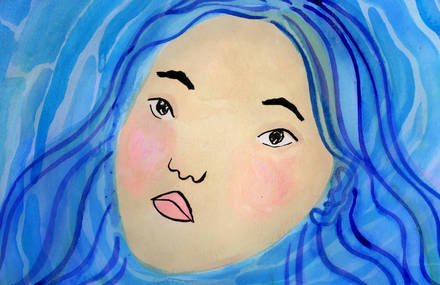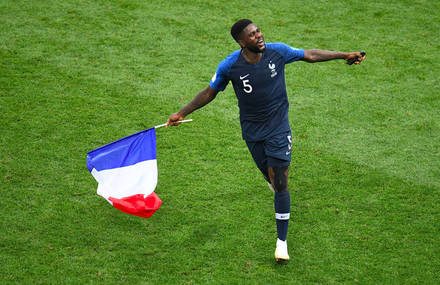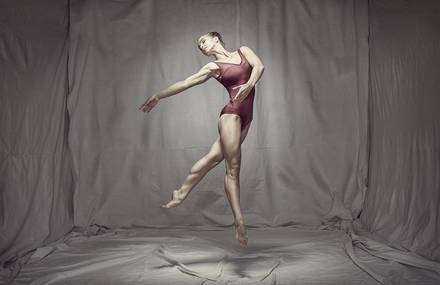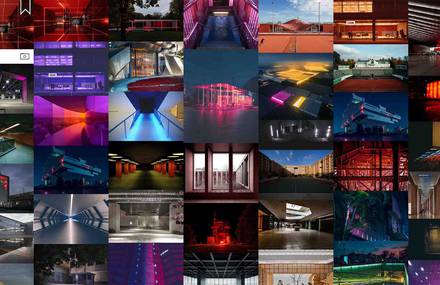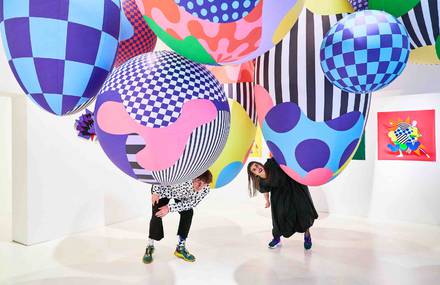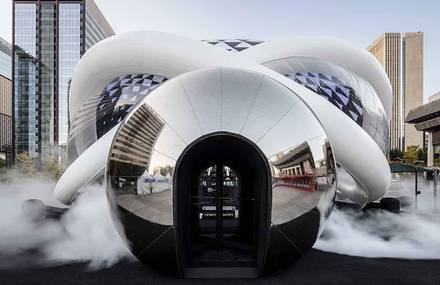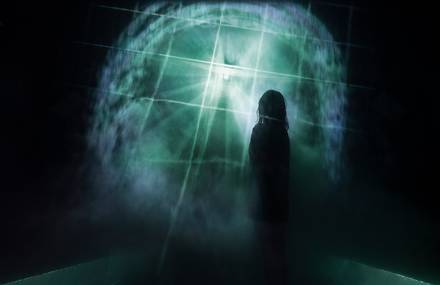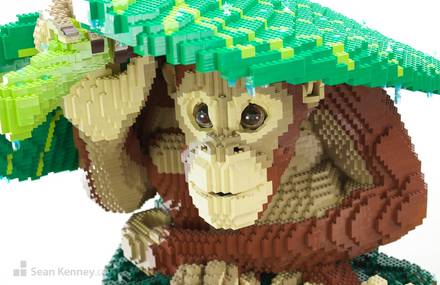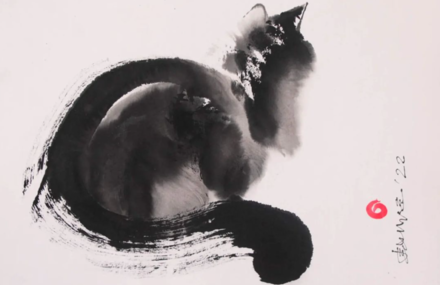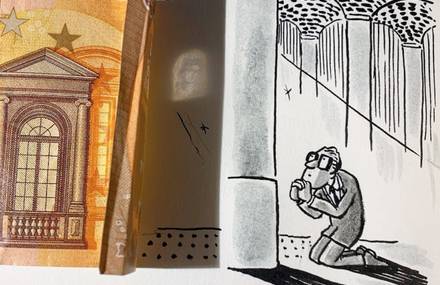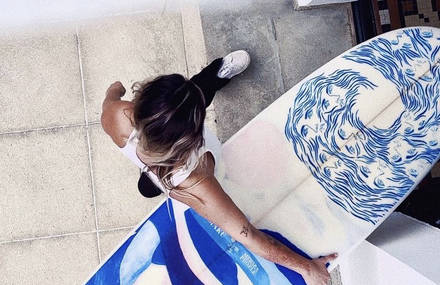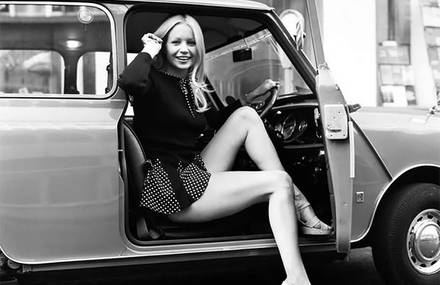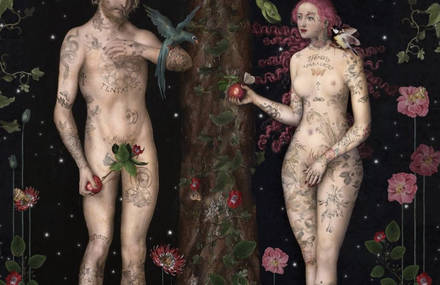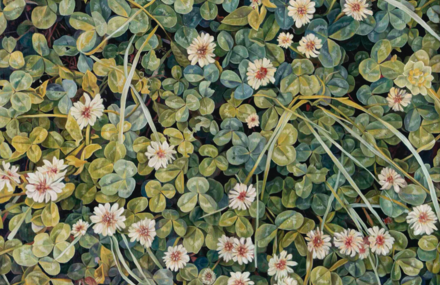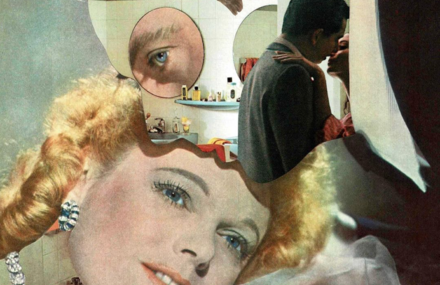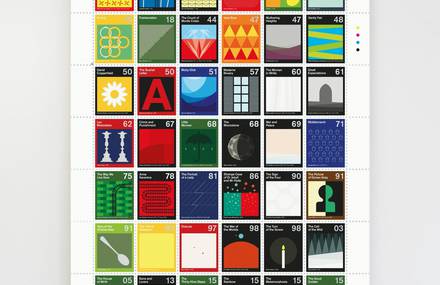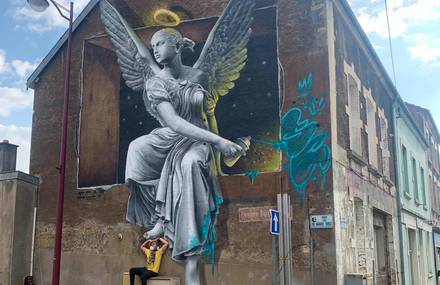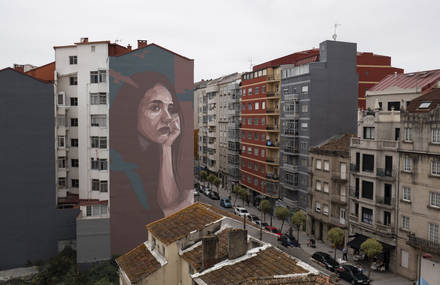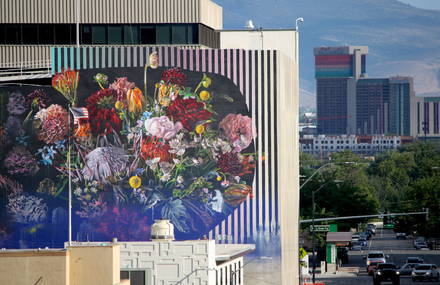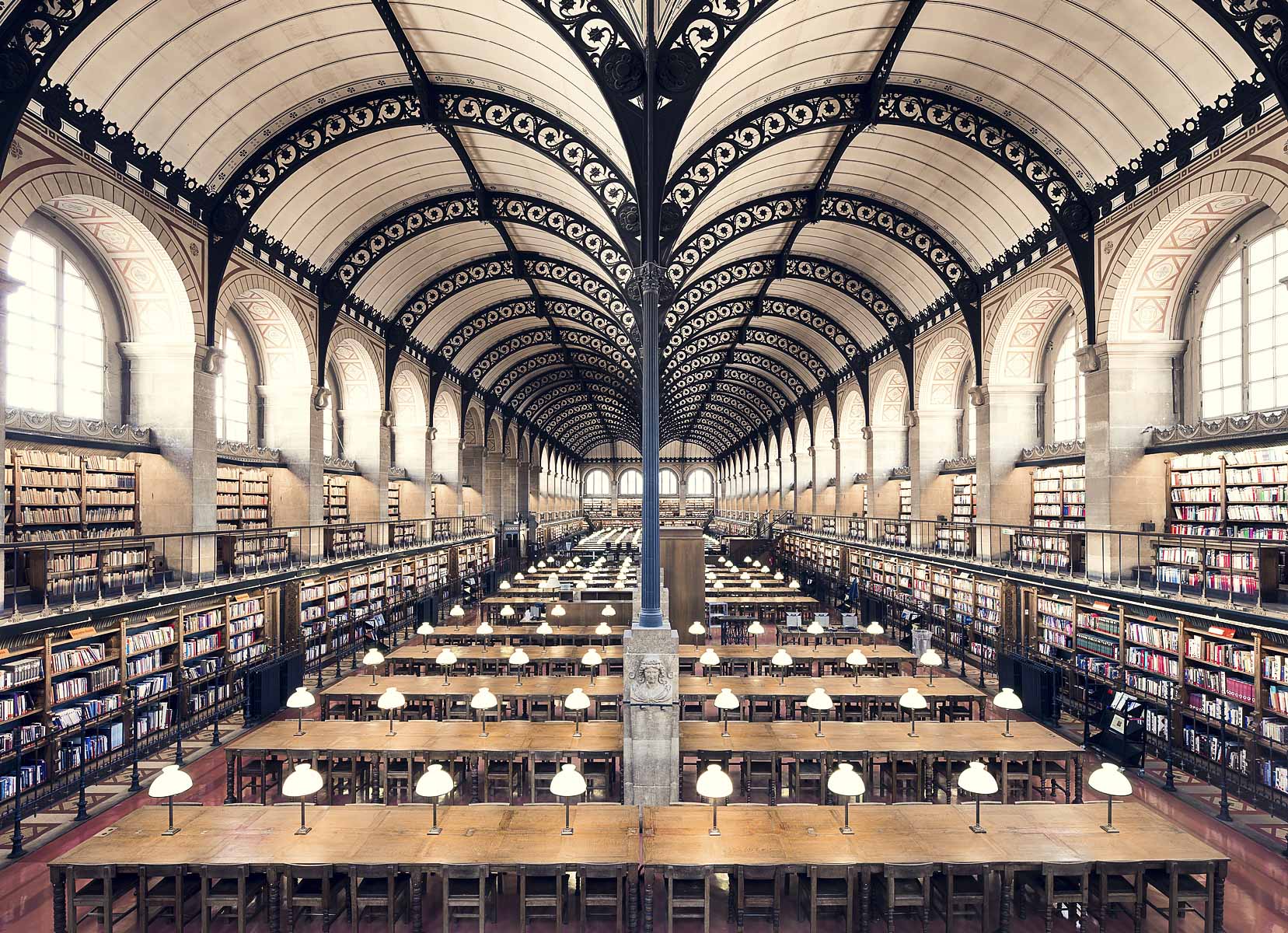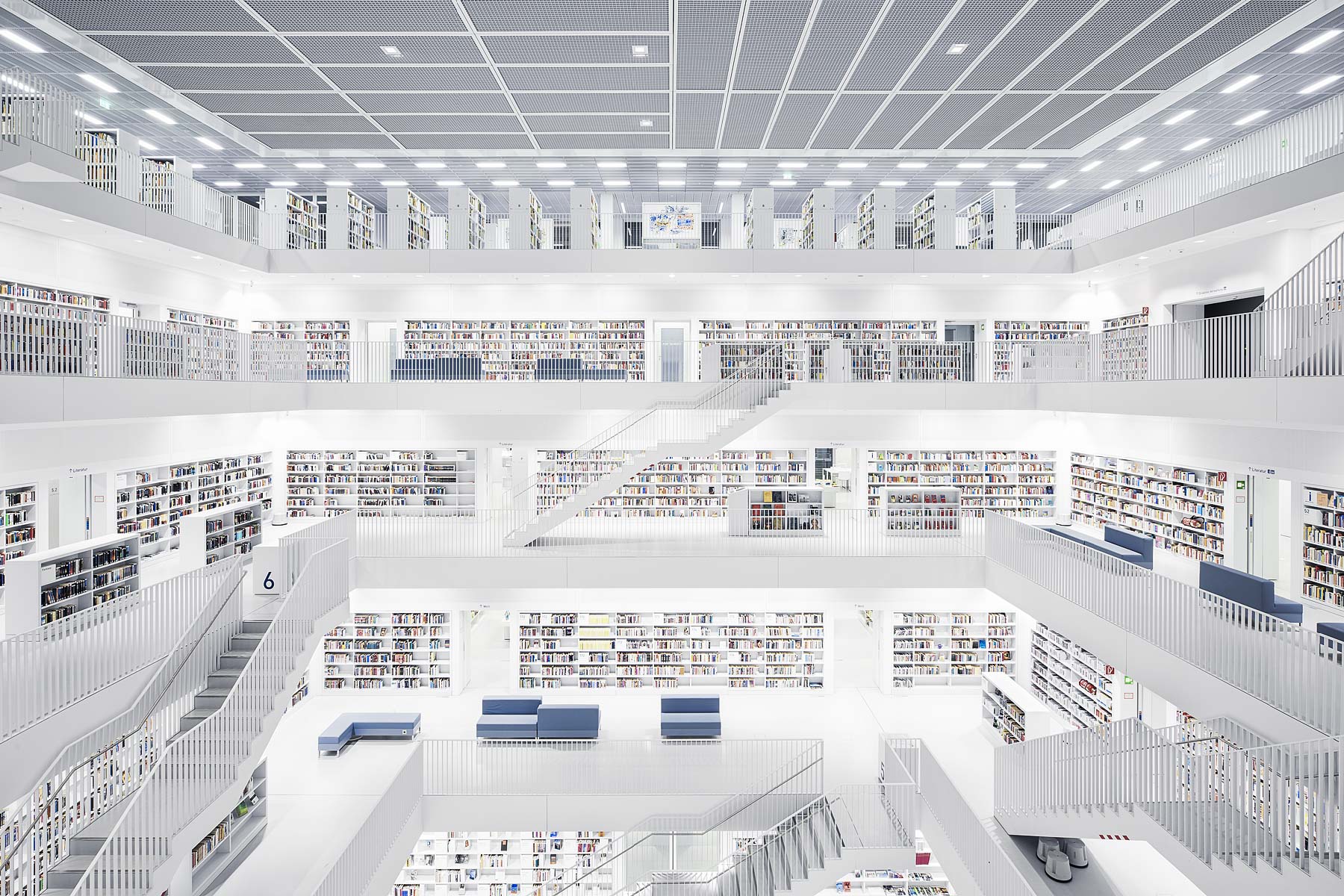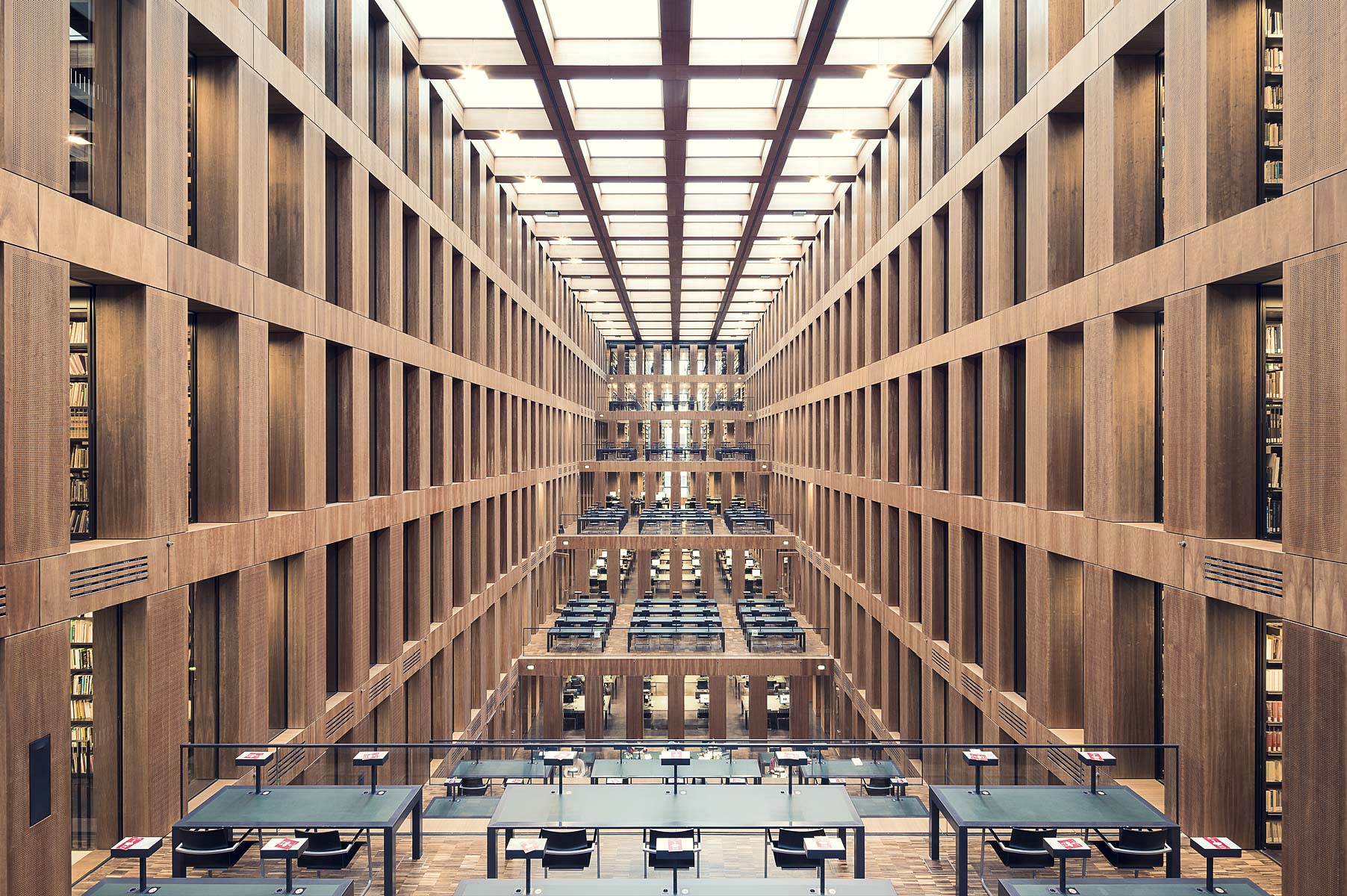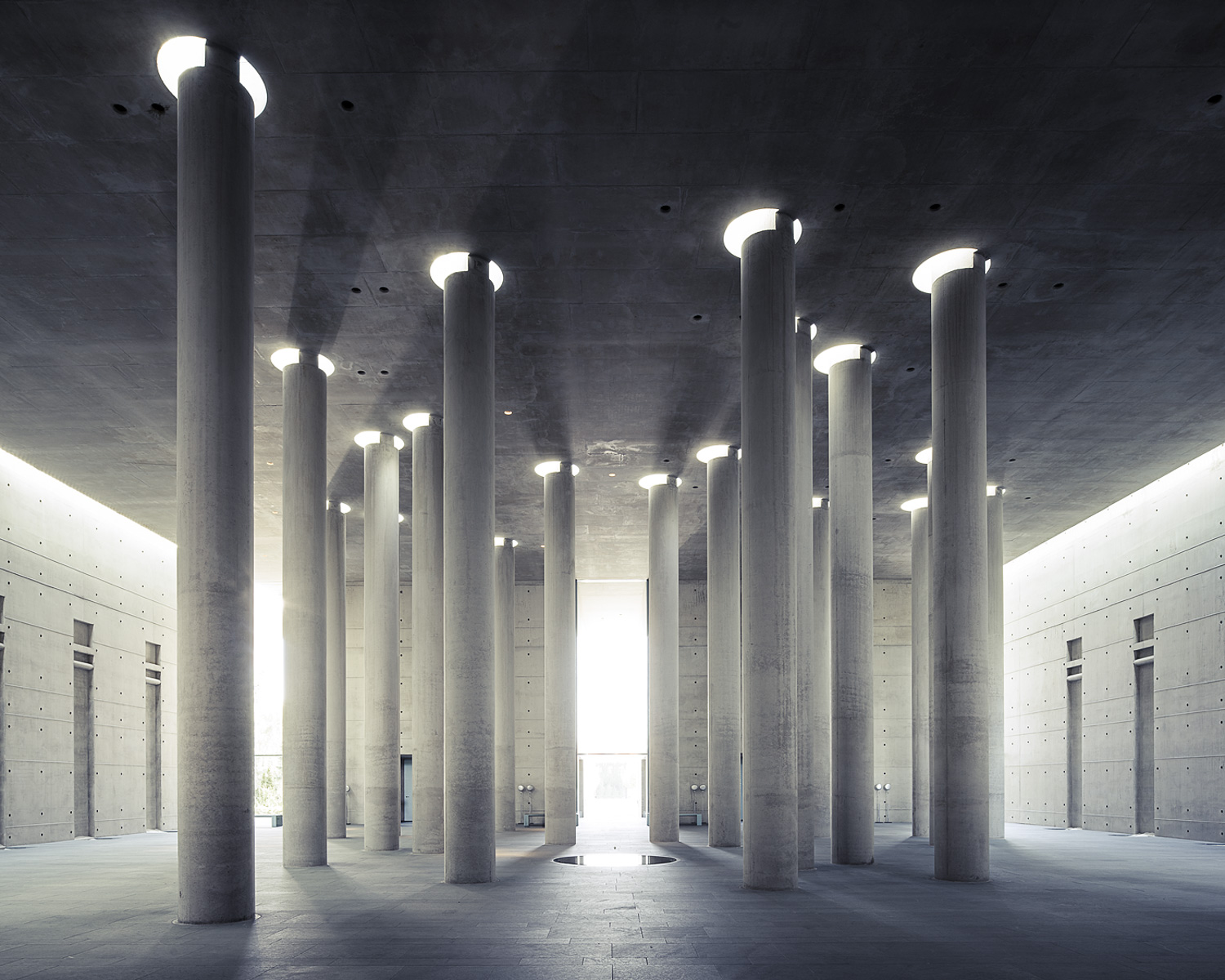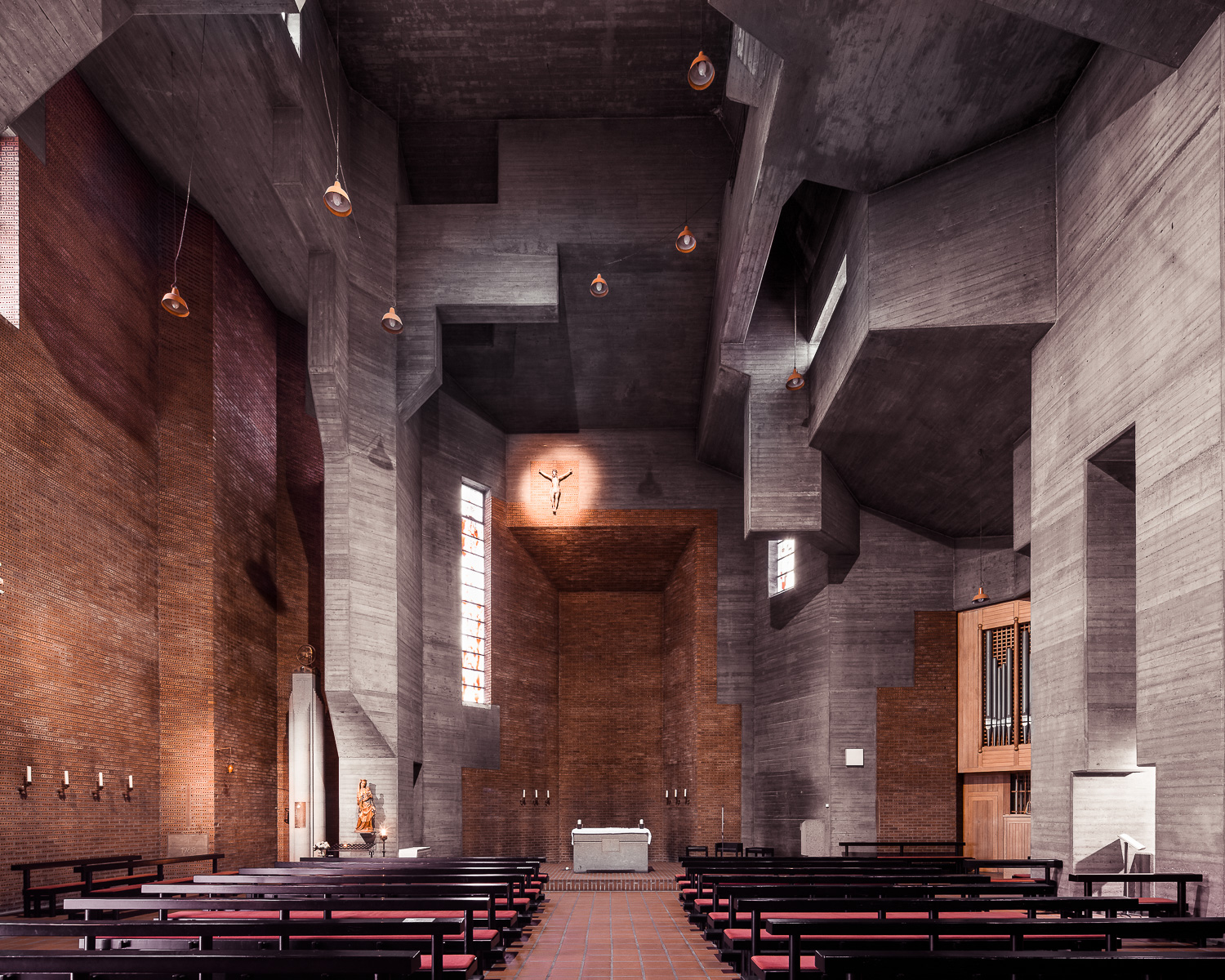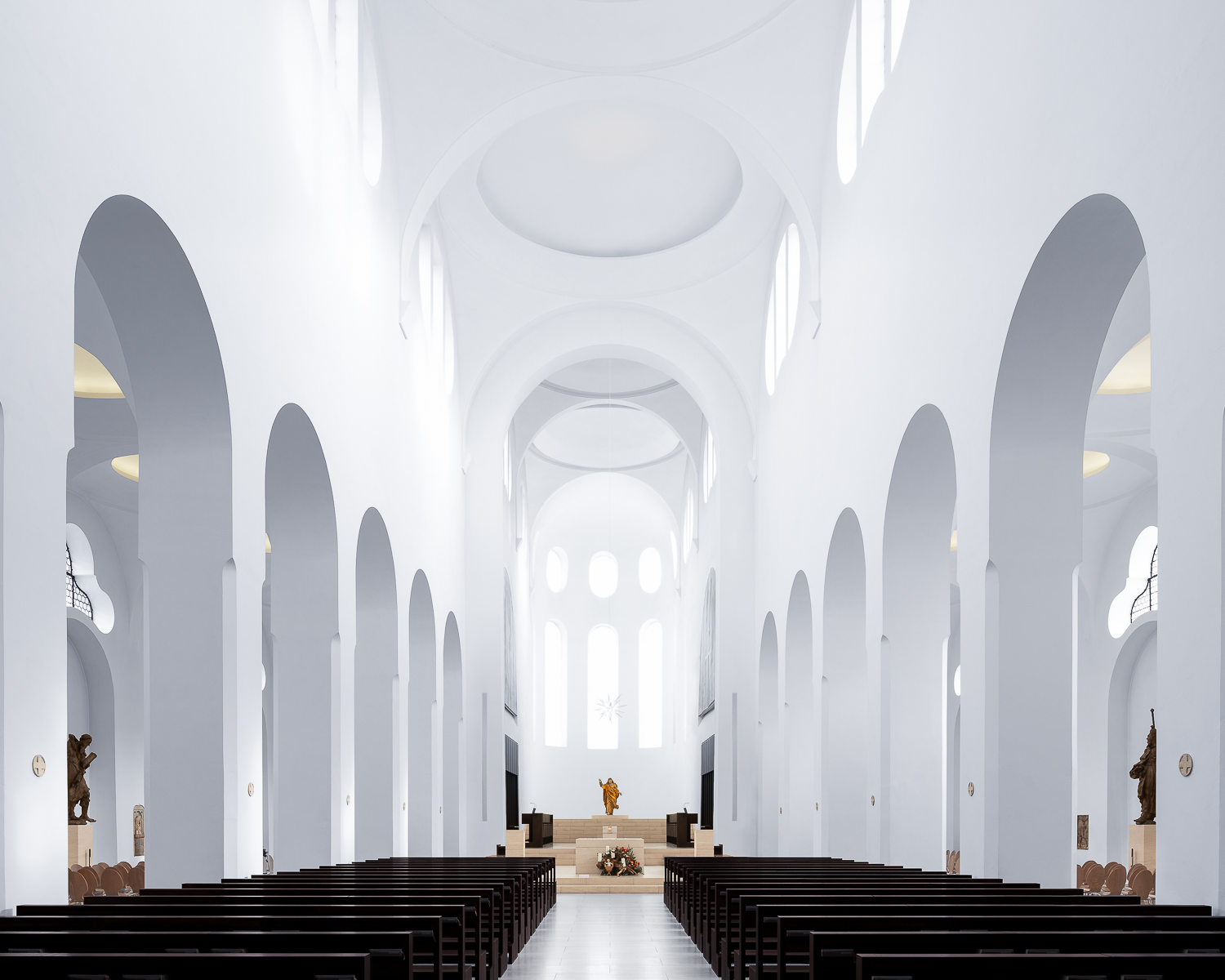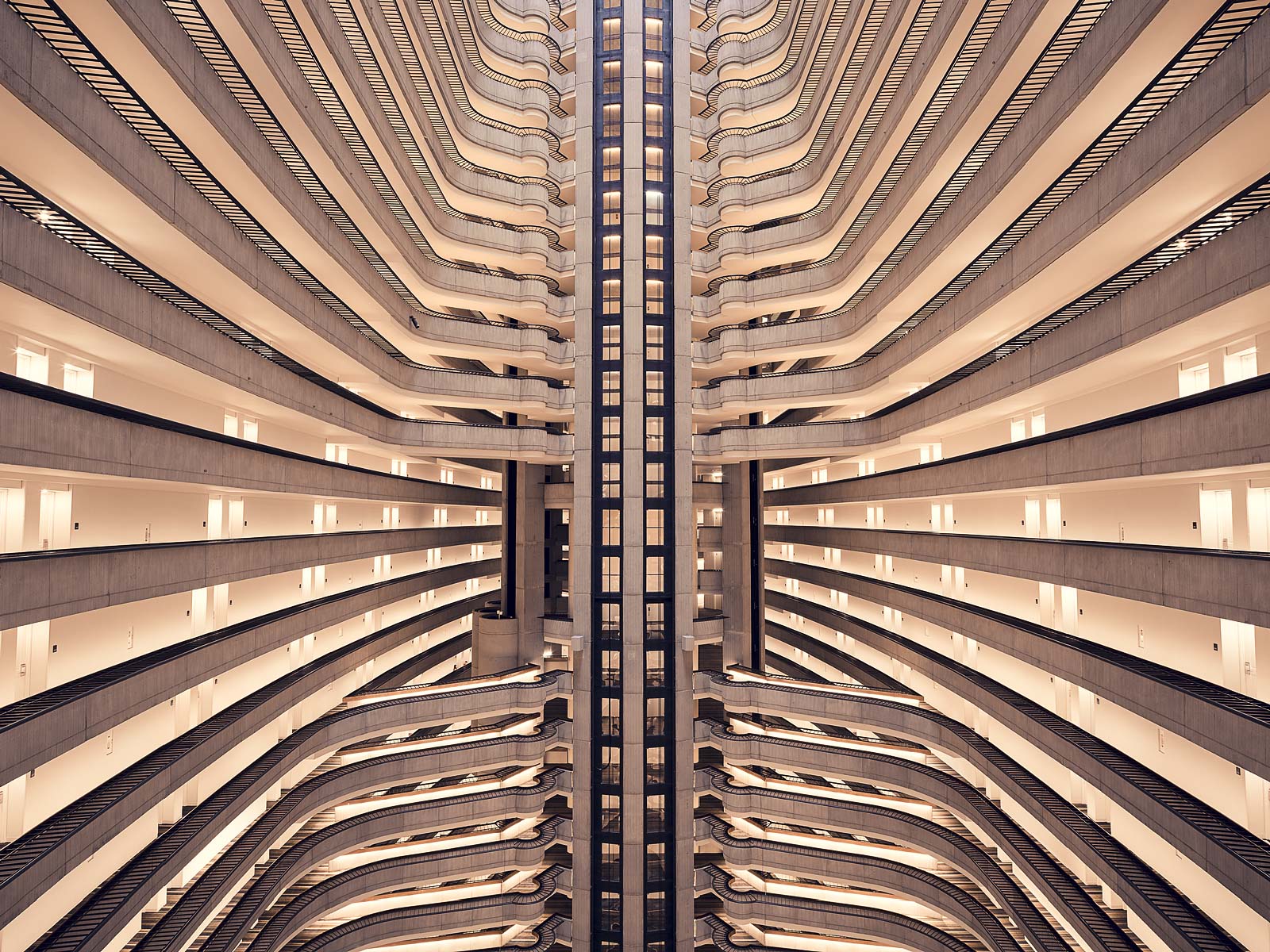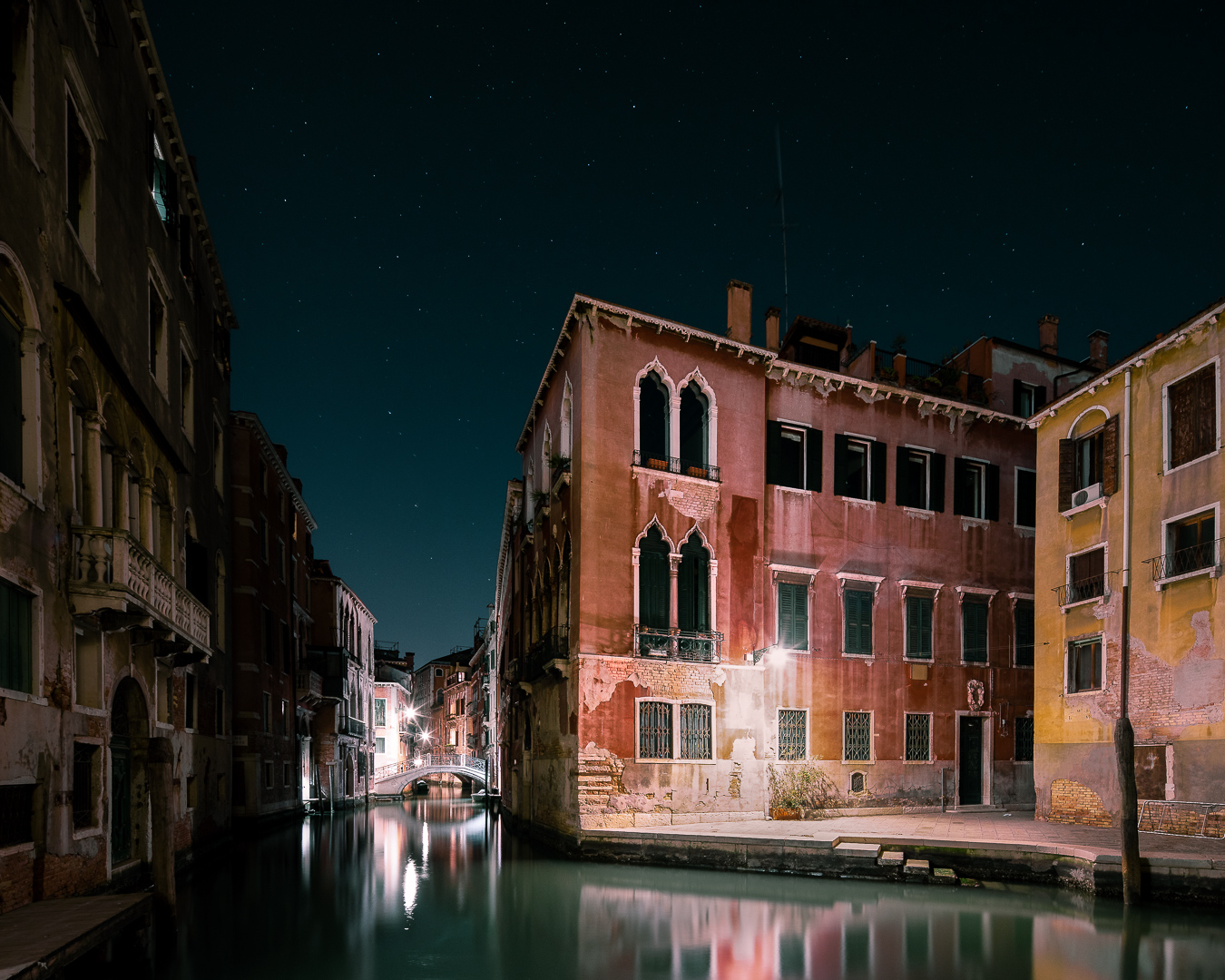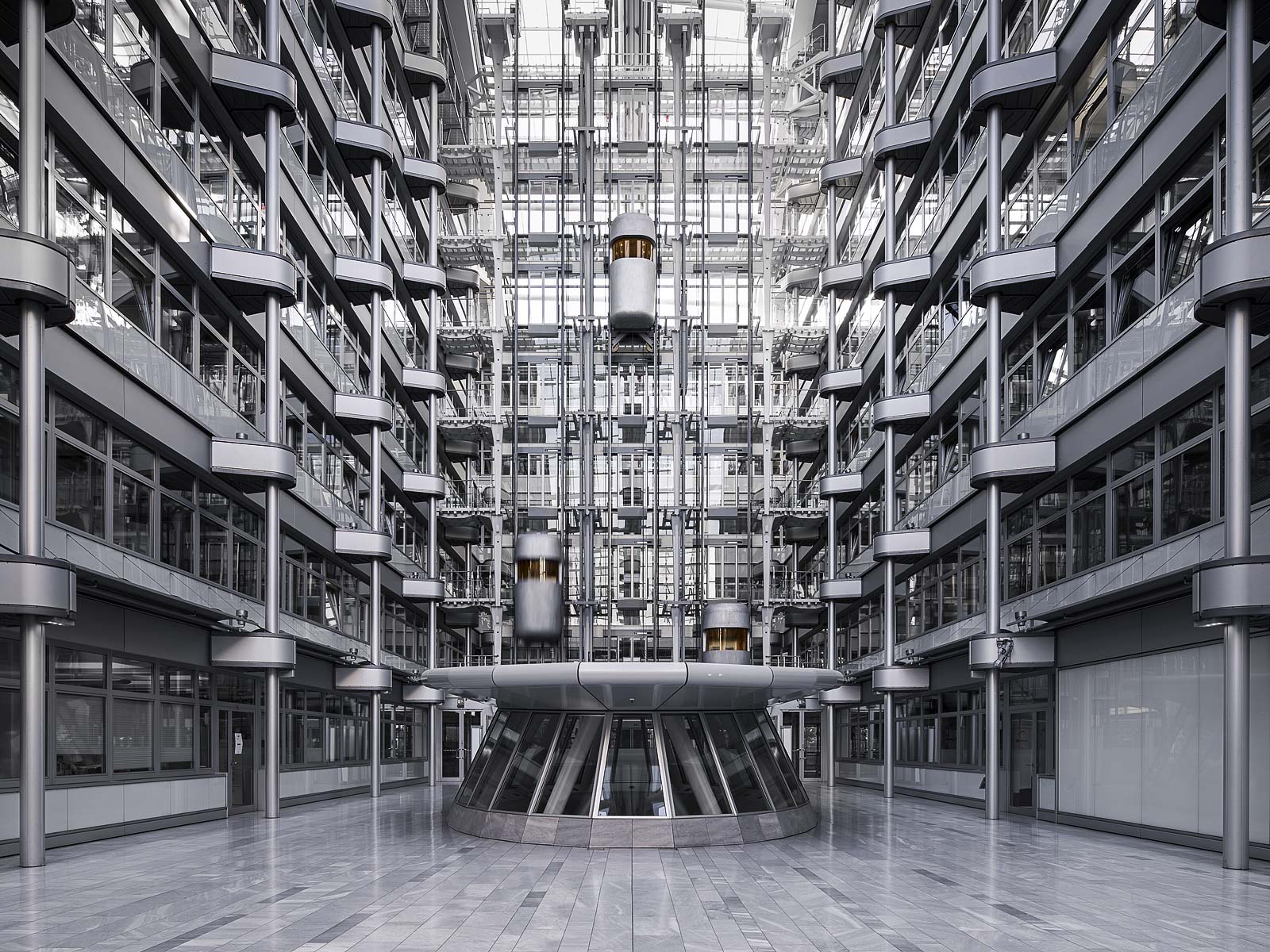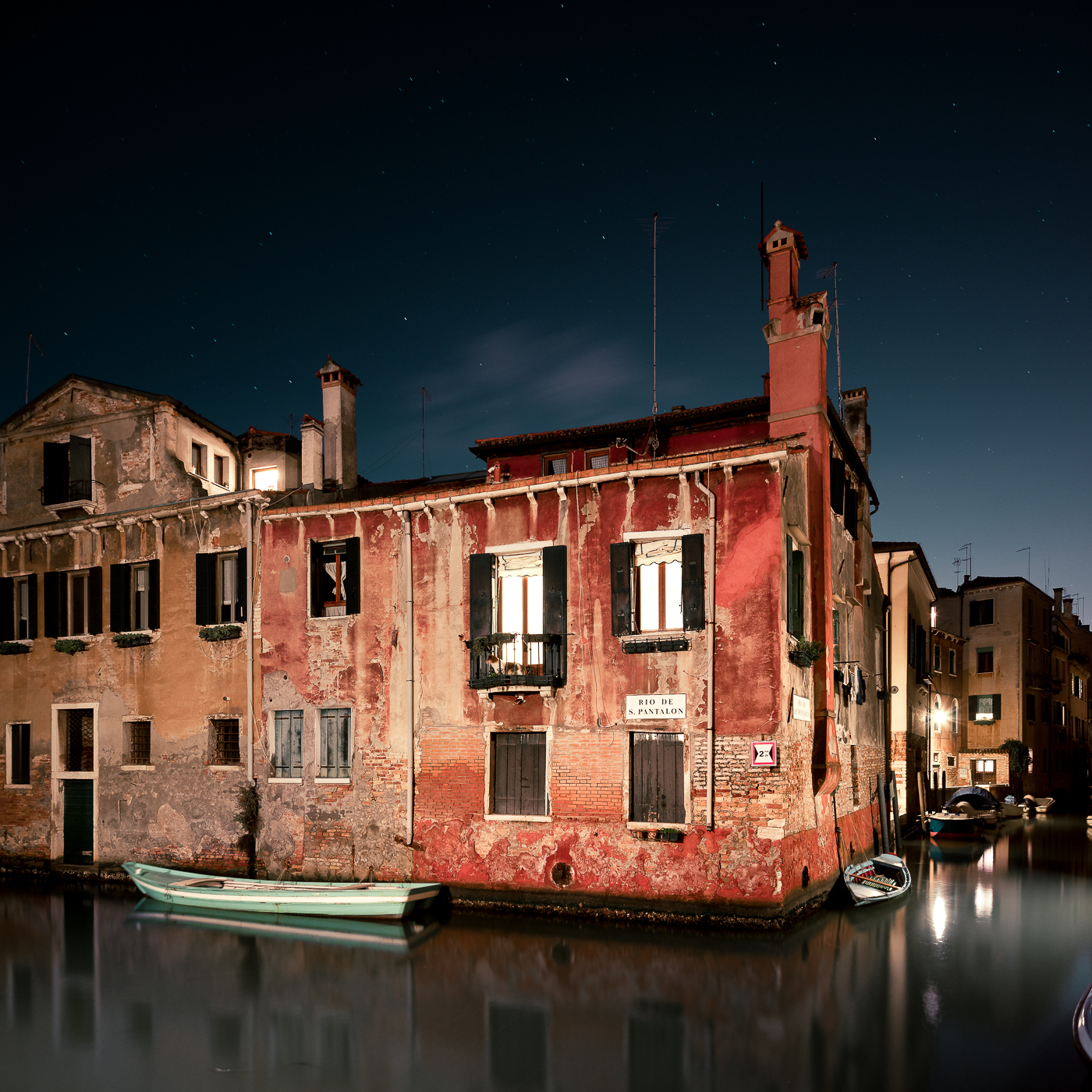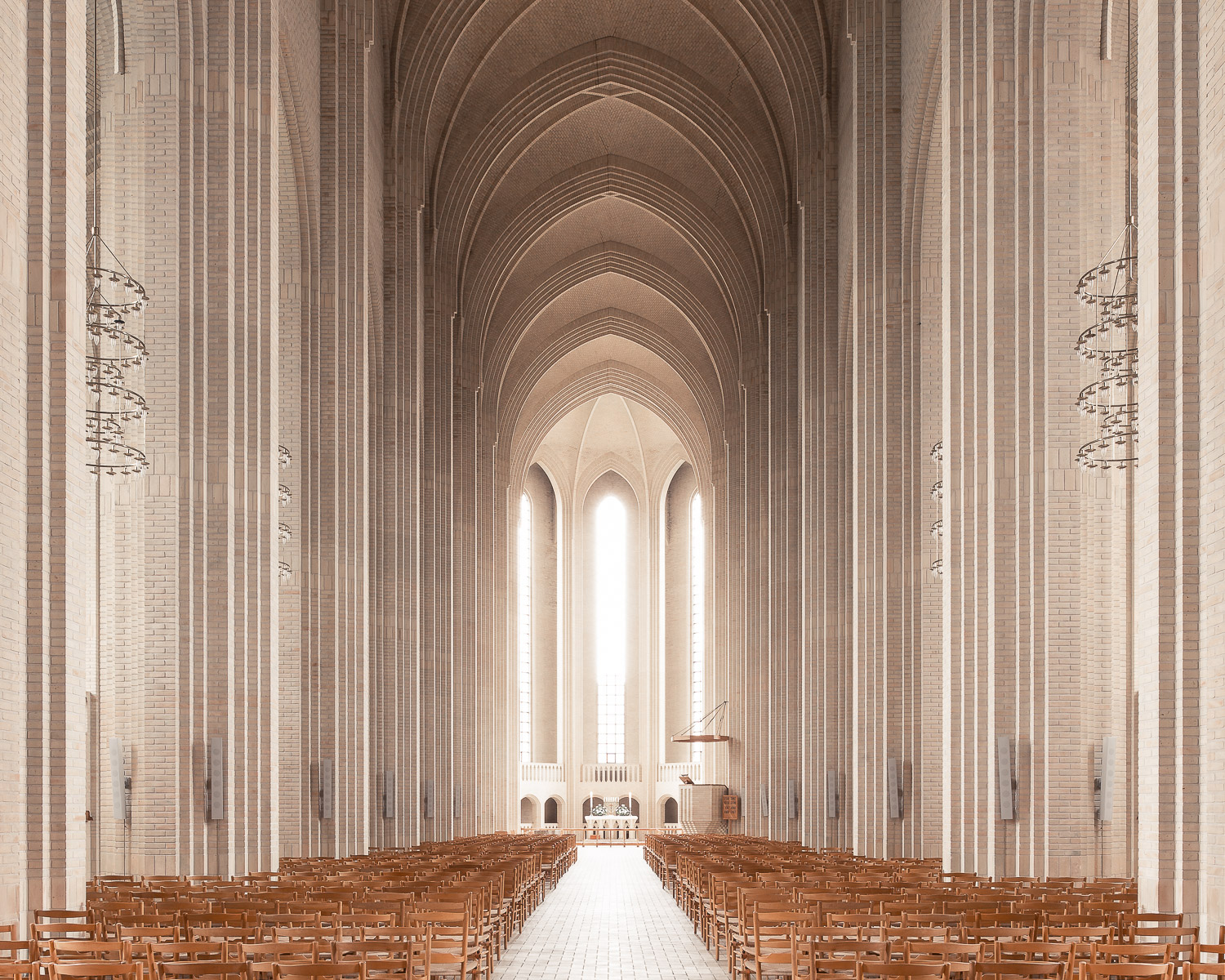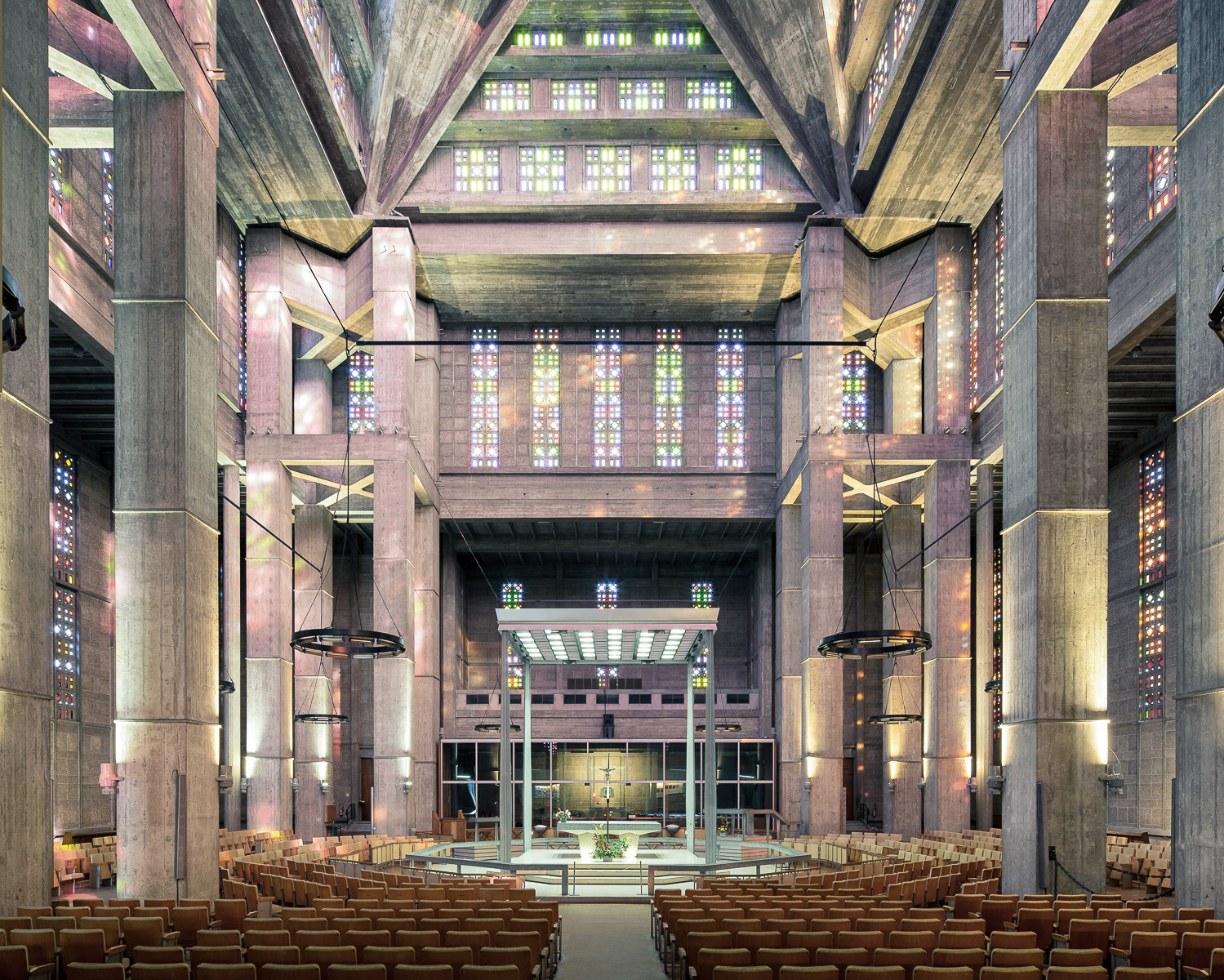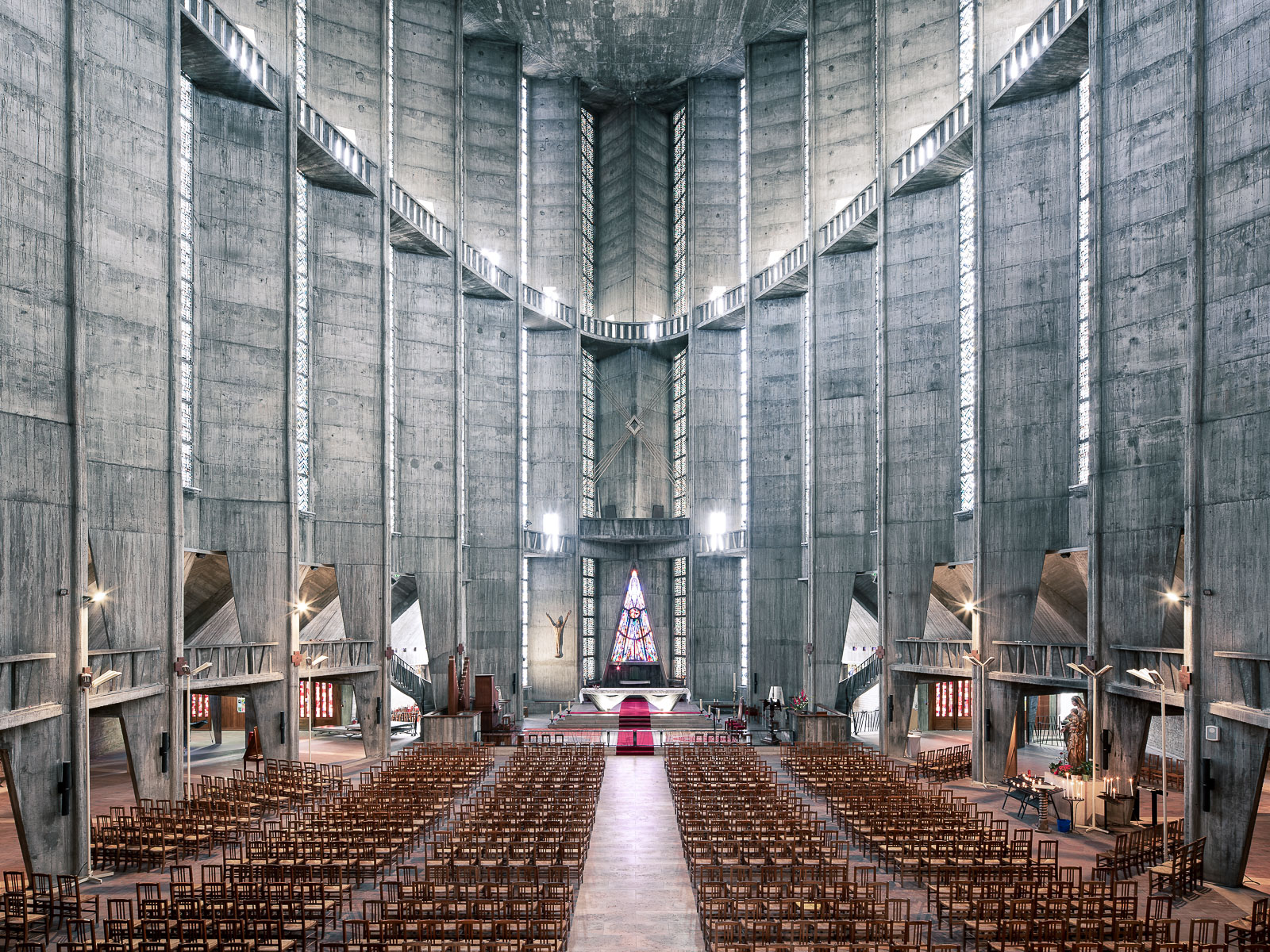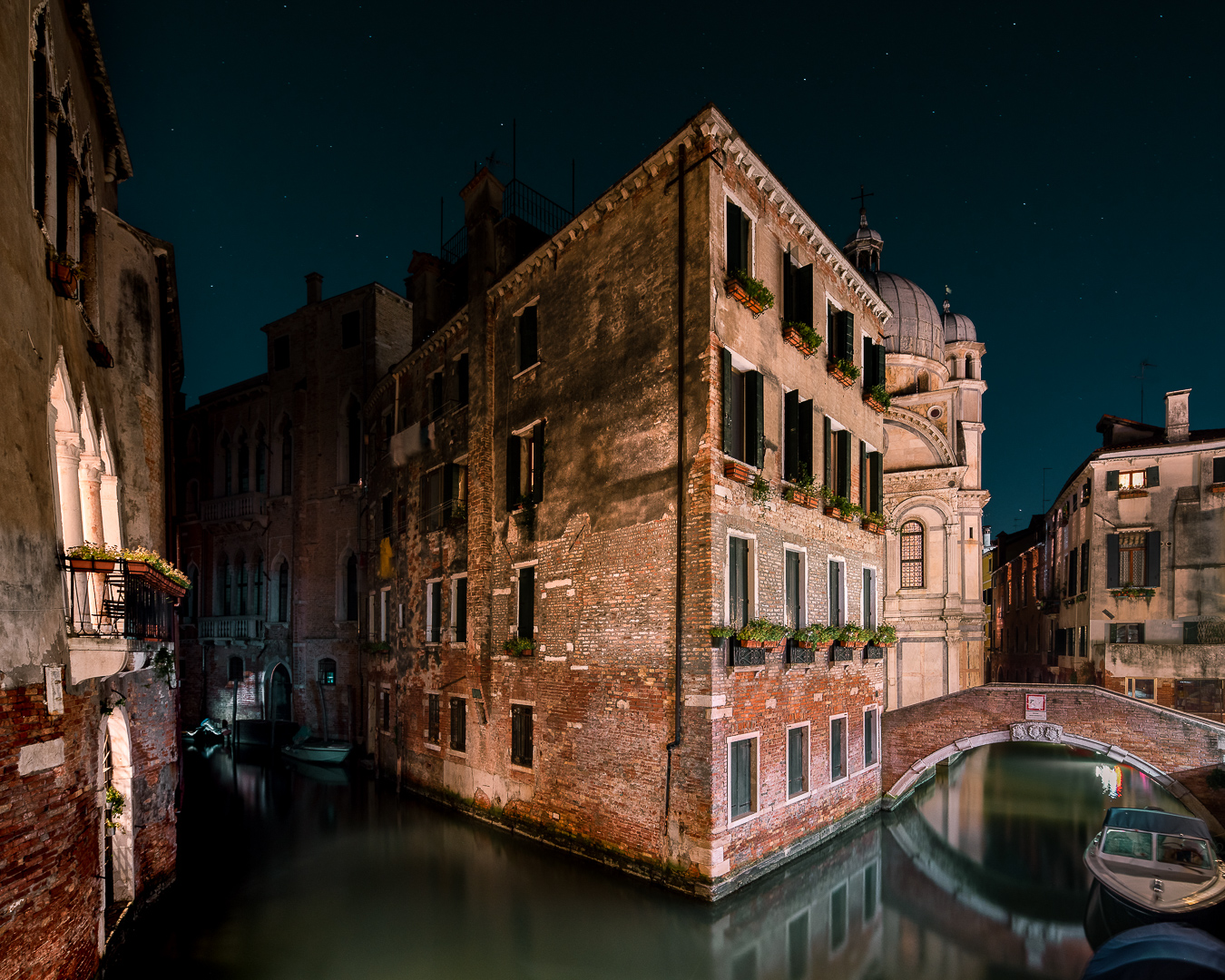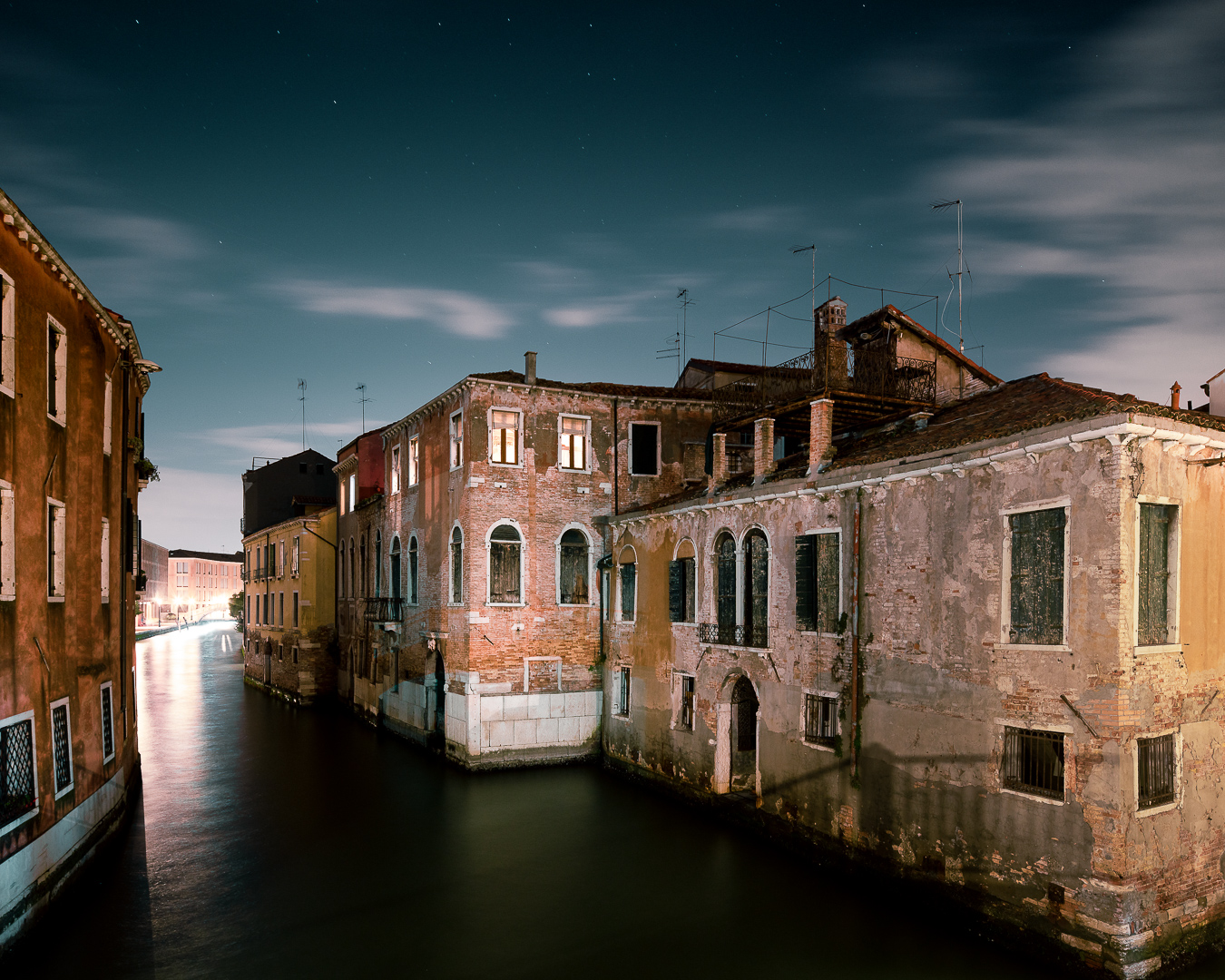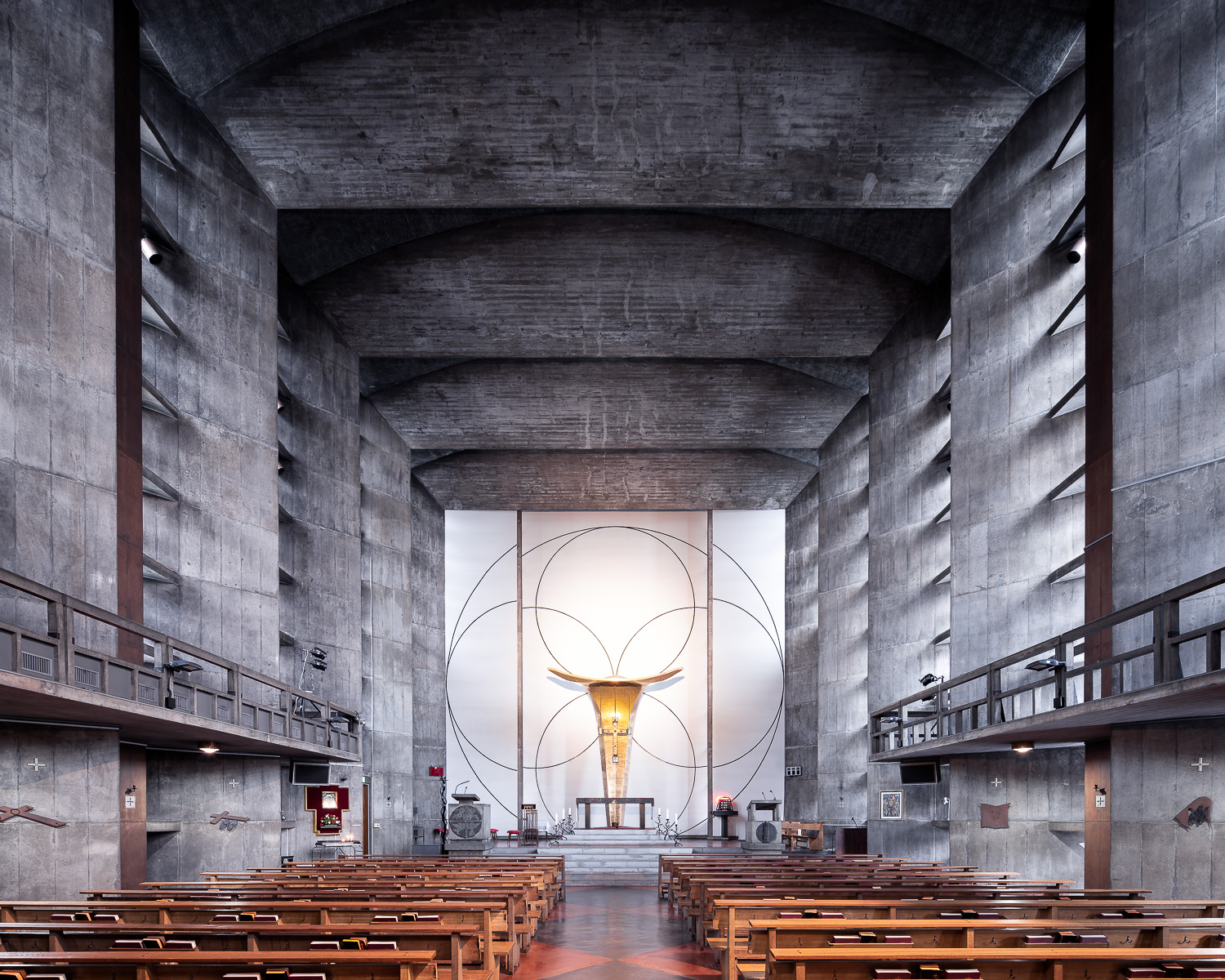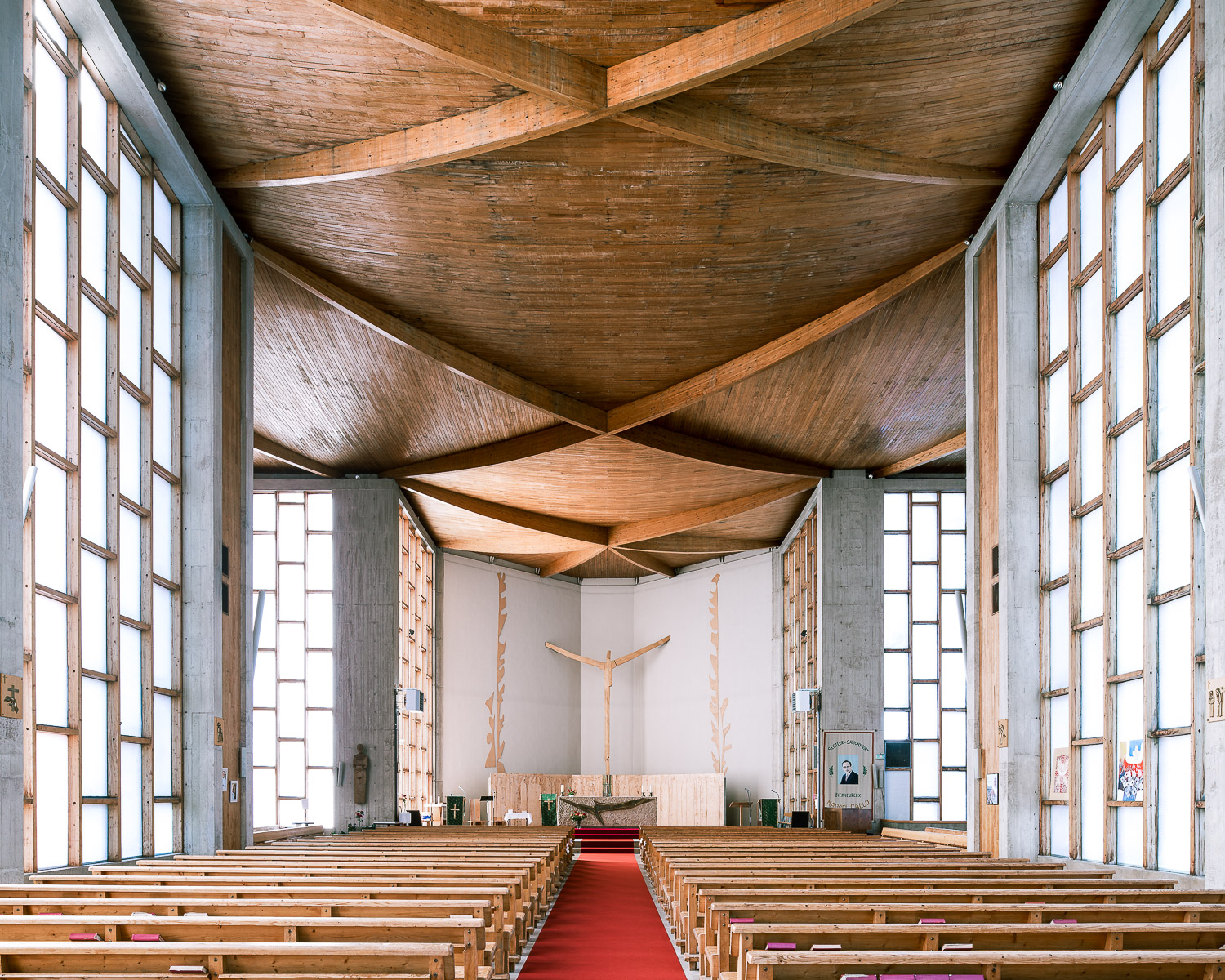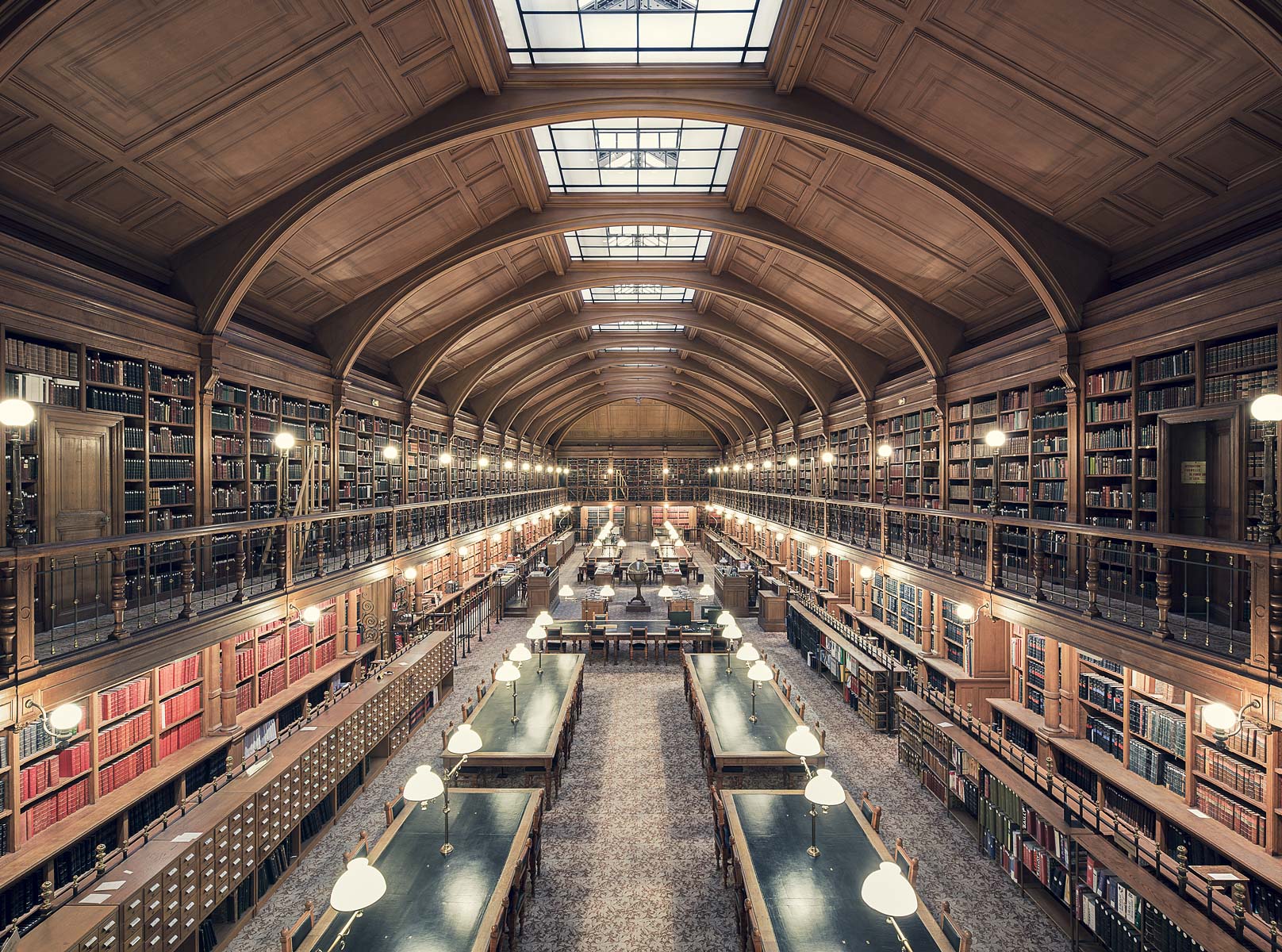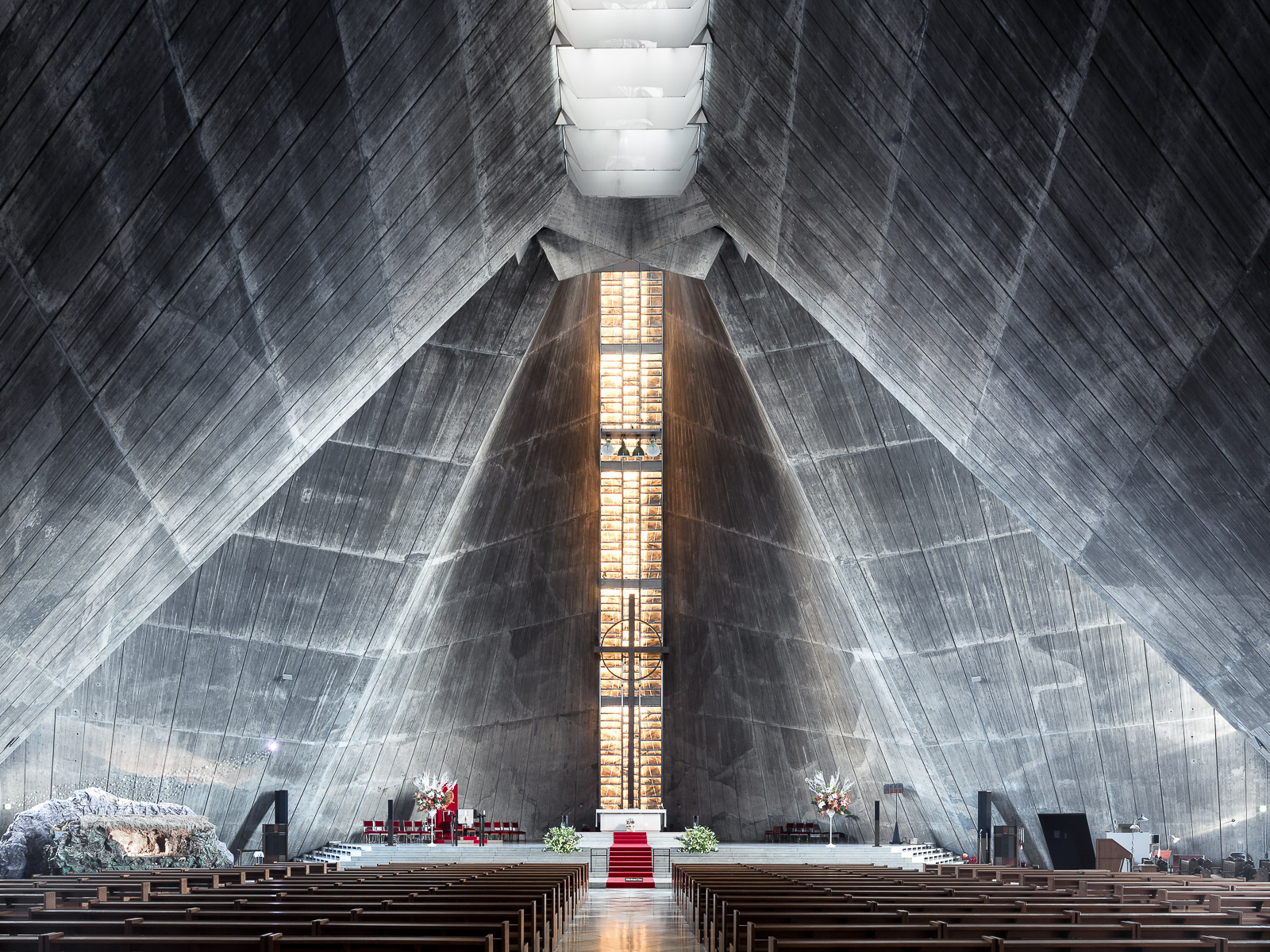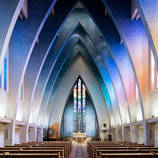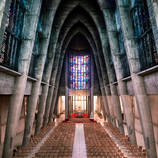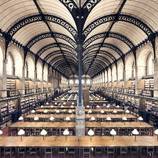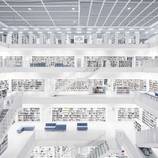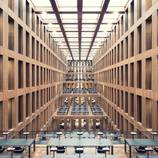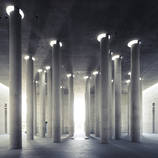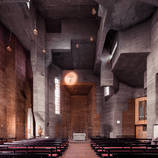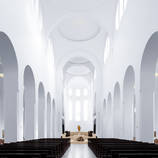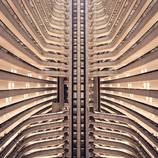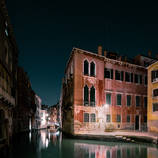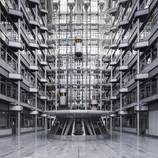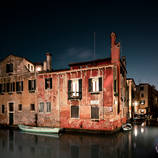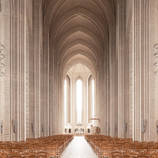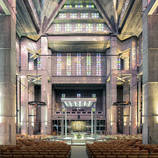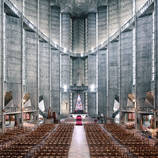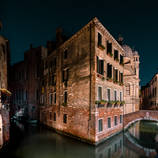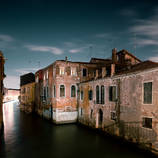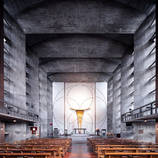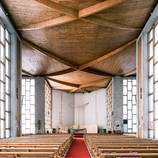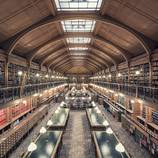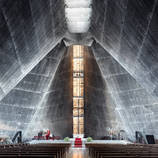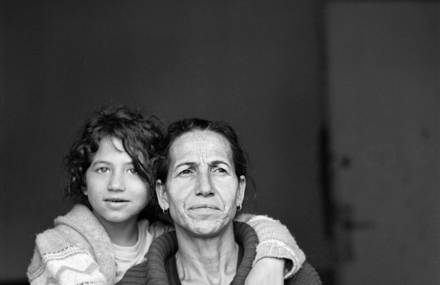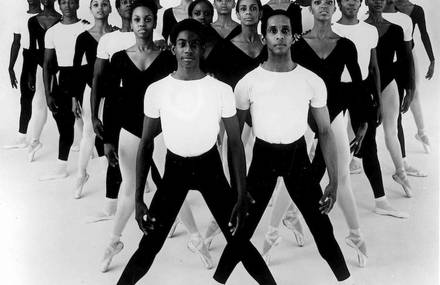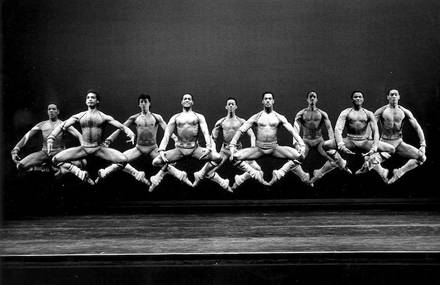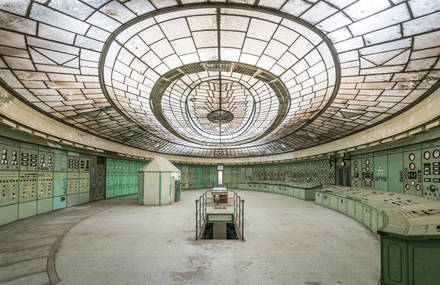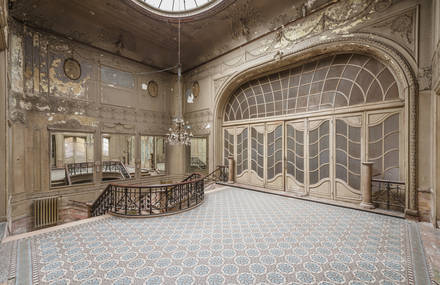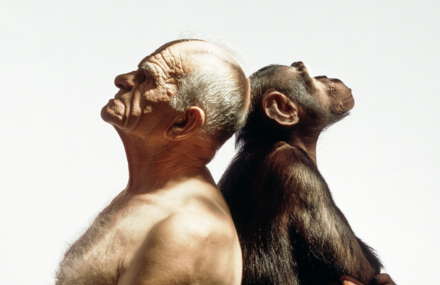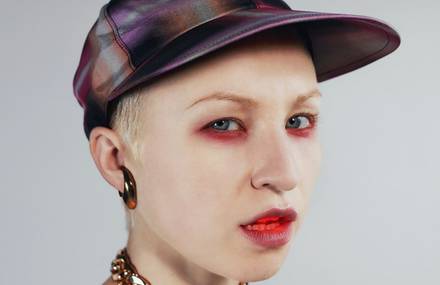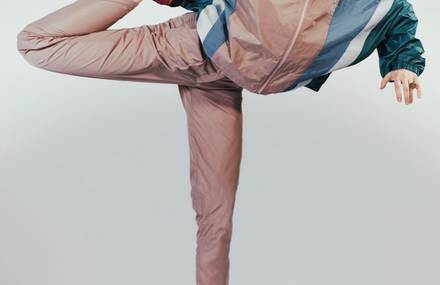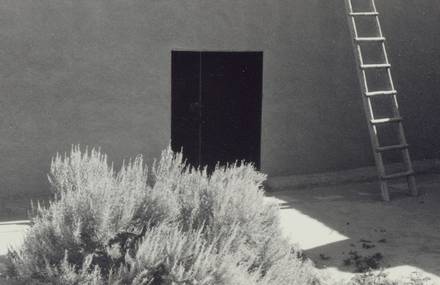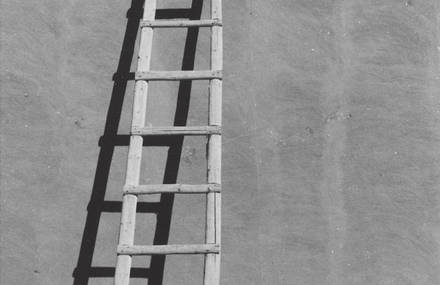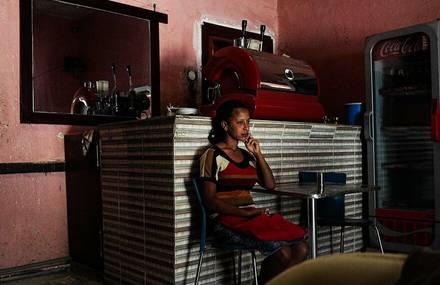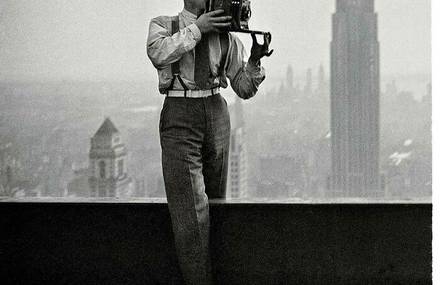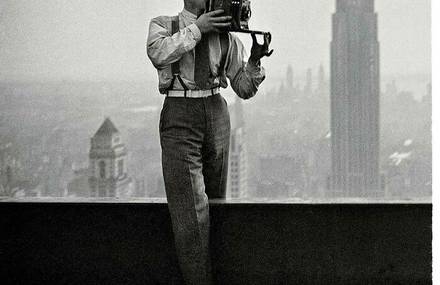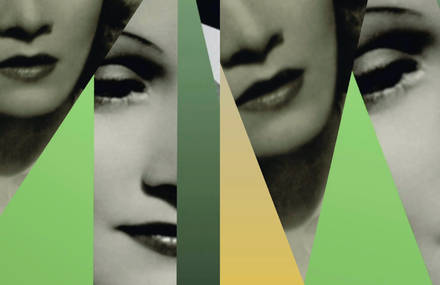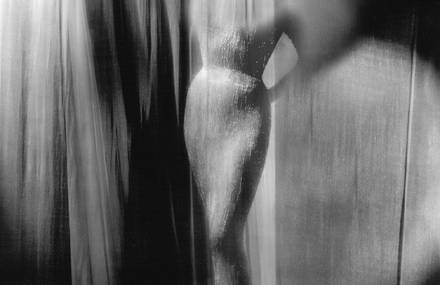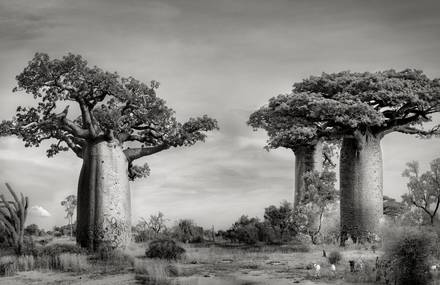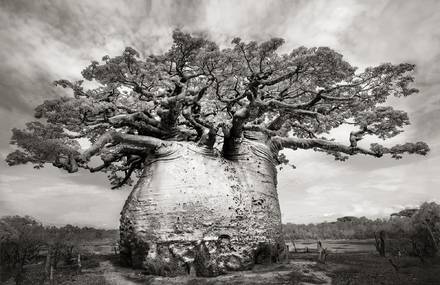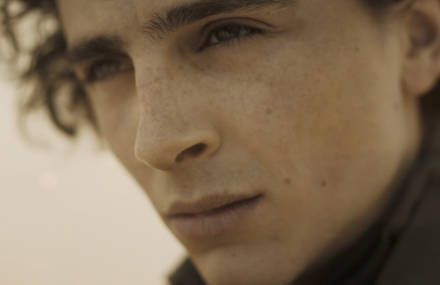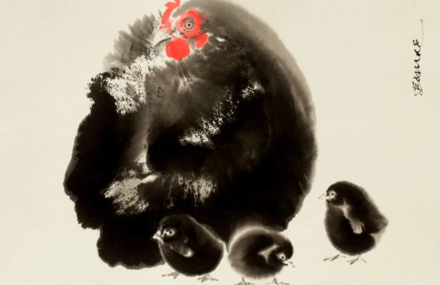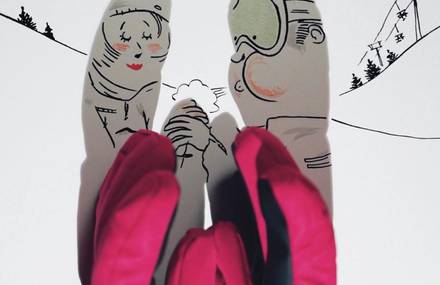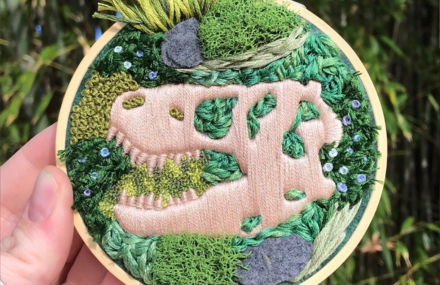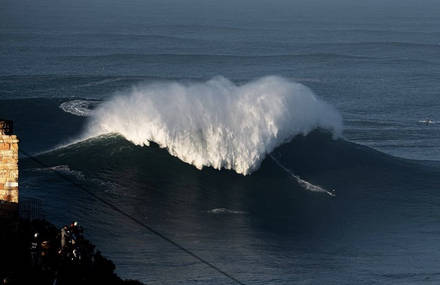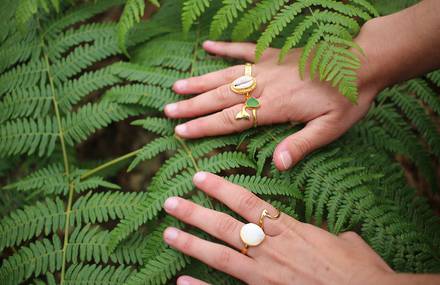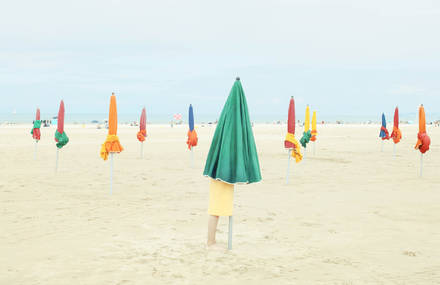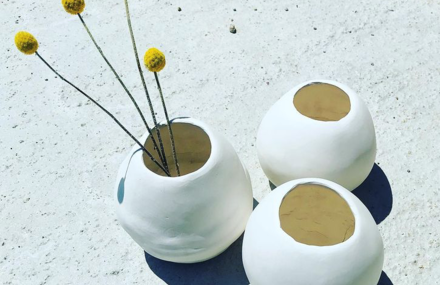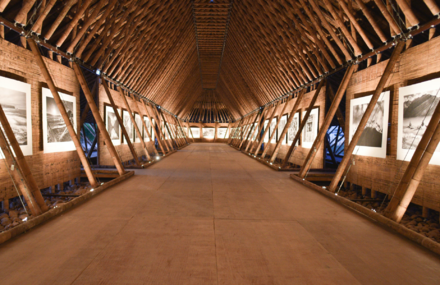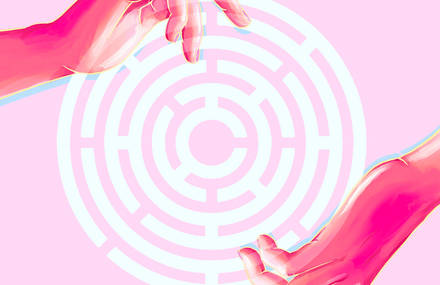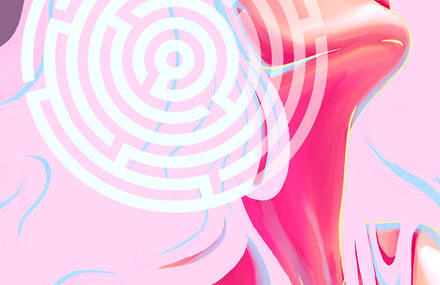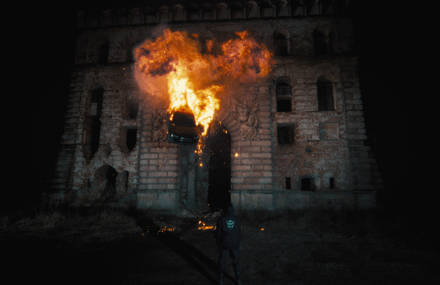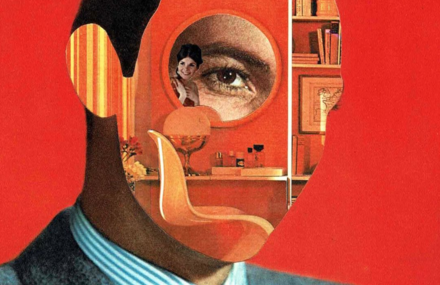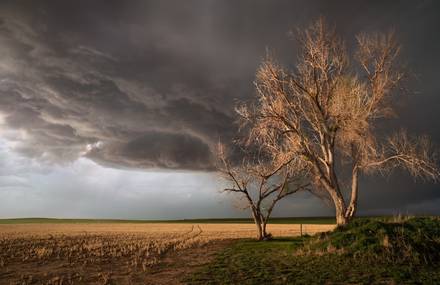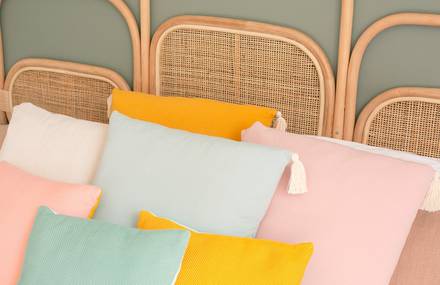After having discovered Thibaud Poirier‘s photographs, it is difficult for us not to pay more attention to the architectures (whether striking, archaic or futuristic) of churches, old buildings or libraries he chooses to highlight. We’ve discussed with this genuine artist-archivist about his vision, influences, visual narrations and many sources of joy.
Hi Thibaud! Tell us about your journey…
I am an architecture photographer, I am 31 years old, and I live in Paris. I started photography in 2013 as a way to discover my city, Paris, and document the streets, architectures and the different neighbourhoods’ energy.
I had the chance to travel a lot as a child and to live all around the globe in several cities of all continents. My father worked for an important CAC40 company, so many moves punctuated my childhood and adolescence: Houston, Montreal, Buenos Aires or also Tokyo, and gave me a taste for architecture and urban environments. I think it was my stay in Tokyo, from my 12 to my 17 years, that made the most impression on me. The contact with Tadao Ando and Rafael Vinoly architectures has developed into a passion that is today the central theme of my photography but also my main activity.
In parallel with my career as a photographer, I studied engineering, and I am now a consultant in interior design and architecture, which allows me to meet everyday architects, artisans and business leaders. These two professions enable my vision to combine functionality, volumes comprehension and aesthetics of interiors.
When I returned to Paris, which is my birthplace, I realized that I did not know the city that well and then I wanted to discover her. I did this urban exploration with the only photographic tool I had at the time, my iPhone. At that time, we were still at the beginning of Instagram, and I was impressed by some amateur photographers who made beautiful pictures with the same tool as me and some mobile editing applications.
From then on, there was a click, and my goal was not just to document the city, but to write a story, my exploration story, with a new perspective.
Indeed, we discover in your work fascinating cityscapes and architectures captured with accuracy and textures. You like to document the evolution and energy of places. How would you define your work?
My passion for urban exploration made me travel more often for photography and focus on megacities (Dubai, Tokyo, Hong Kong, Shanghai). The modernity, the energy and the dimensions of these cities reminded me of my teenage years in Japan and immediately fascinated me. The ubiquitous modern architecture, so different compared to the classicism of Paris, released me and gave birth to many urban series.
Why do you think you have this desire to immortalize heritage buildings such as churches, libraries or old theatres?
My sensitivity to the aesthetics and functionality of the interiors pushed me to sublimate their role in human life, sometimes temples of knowledge or sacred places, with photographic series about the most beautiful libraries and churches in the world.
I chose libraries and churches because I wanted to look through history and show how a space with a similar function could be interpreted in such a different way depending on its location and across the centuries.
I also wanted to emphasize that in this period of knowledge and digital information, quickly and continuously available, libraries still have much to offer and are more relevant than ever. These places have passed through generations, and for some centuries. They are built for a specific purpose, to study and transmit knowledge, and are world renowned for their book collections.
In my photos, I opted for a central point of view, which highlights the symmetry and perspective of these places giving the viewer a chance to fully appreciate the space by creating a sense of immersion. It’s also a way for me to pay tribute to some of my favourite photographers, like Candida Hofer and Hiroshi Sugimoto. My approach is, on the other hand, more modern since I use digital photography and my retouch is more coloured and contrasted.
In the continuity of my predecessors, I also wanted to photograph these places empty to show surreal and timeless portraits of these monuments. It is also a way for me to have a free moment in there, to enjoy it fully even if it is only for a few moments.
Generally, what inspires you to create?
I am mainly influenced by photographers of the 80s, 90s and 2000s and by the cinema in general. The world we live in is continually changing, and I love old photos and postcards. Architecture, storefronts, panels, everything has changed! I have this desire to document these places for the future. There is a slightly nostalgic side that comes out!
I also wish to be able to share my vision of architecture and all these cities I find so beautiful.
What are your future projects?
I always like having a project in progress. The next will focus on theatres and music venues. I also want to travel more to Europe to continue my night series!
Follow Thibaud Poirier on Instagram.
